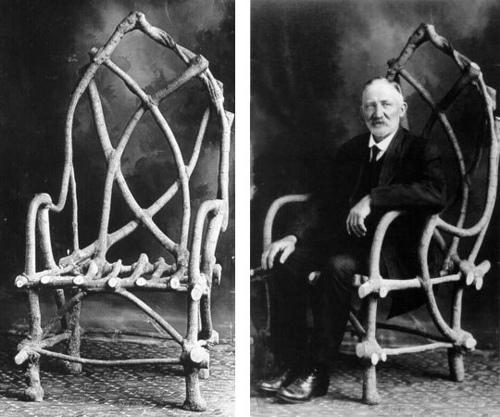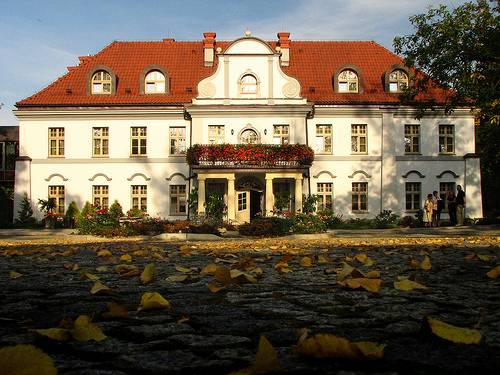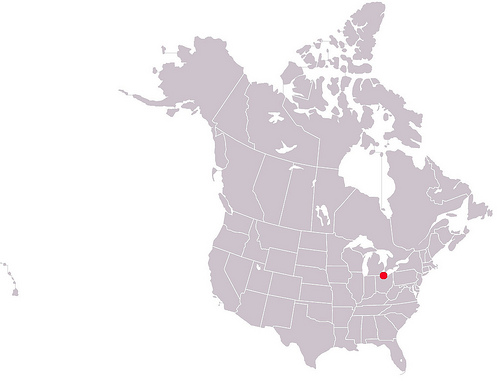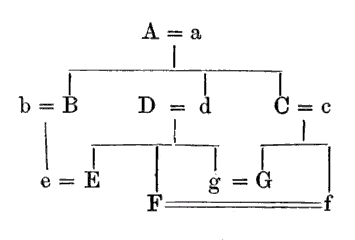
John Krubsack grew a chair. The Wisconsin banker planted 32 box elders in 1903, and as they grew he grafted them into a living piece of furniture.
In 1911 he began lending “The Chair That Grew” to international exhibitions; today it’s on display at his nephew’s furniture store.



